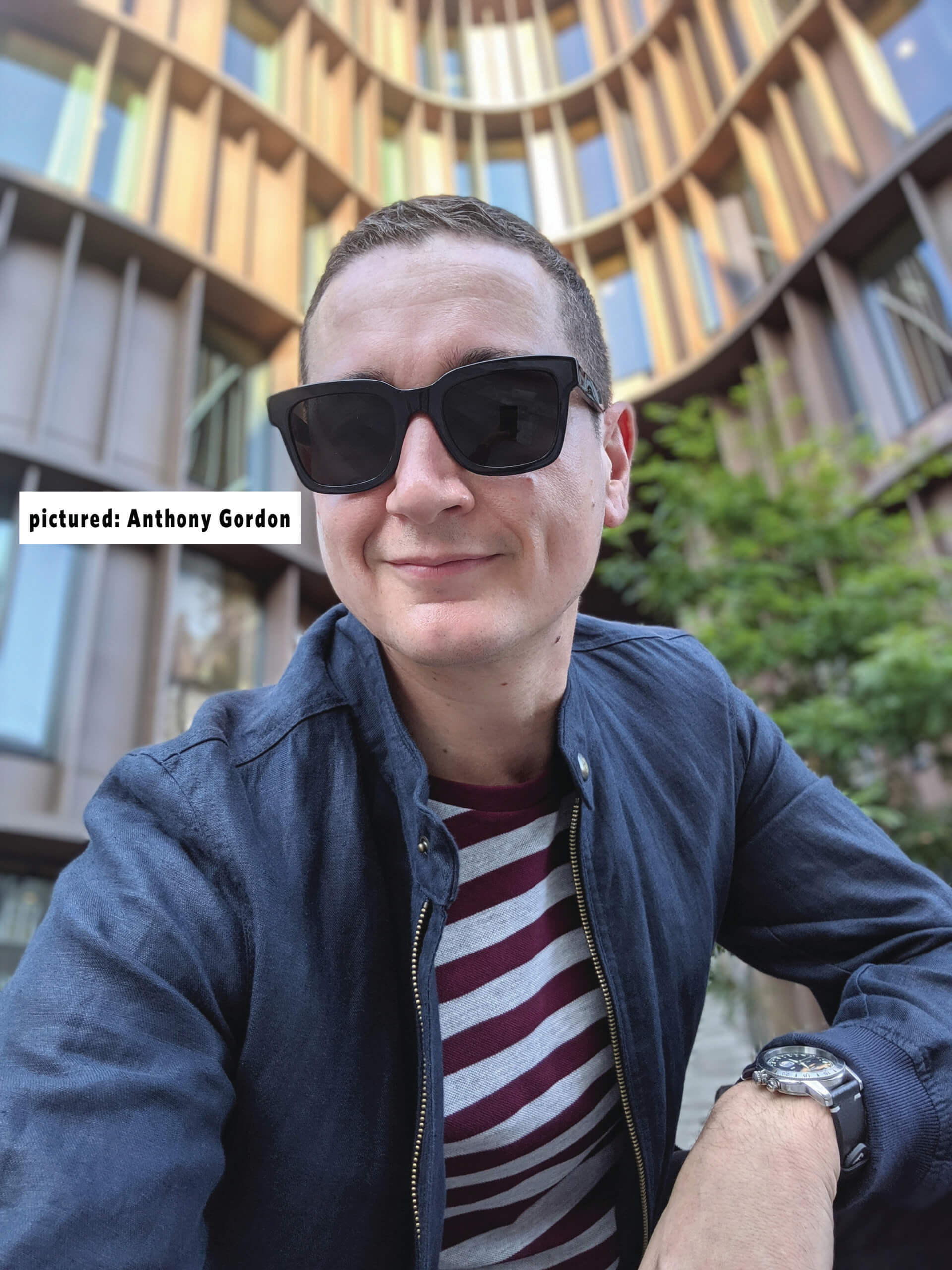In this era of social distancing, music creators are finding new ways to collaborate safely from afar. While there are plenty of workarounds for remote collaboration with musicians, working with vocalists poses a completely different set of challenges that haven’t been properly addressed. Until now.
As the makers of Auto-Tune, the leading vocal production software for over 20 years, we’ve spent a lot of time thinking about how these challenges affect our community. Here are four powerful tips for you to successfully collaborate with vocalists while staying safe and socially distanced.
Safety First
Right now, it’s simply not a good idea to be close to a vocalist while they’re singing, or to share equipment like microphones. The safest bet is for vocalists to record their own tracks remotely (preferably at home), then send files to their collaborators. It’s not ideal, but there are ways to make it work.
Get Aligned on Gear
Vocalists should invest in a home recording rig that covers at least the essentials: an interface, microphone, headphones, and a DAW. To make collaboration easier, producers and vocalists should have a conversation to identify what gear works best for both of their workflows.
Interfaces used exclusively for vocals don’t need a lot of inputs. Vocalists can keep it simple by picking up a high-quality, two-input interface like Universal Audio’s Arrow. If you need more inputs, the Clarett series by Focusrite is another great option.
It’s important to understand that different microphones have different qualities when used on different voices. If you’re not sure what mic is best for your voice, a microphone modeling plug-in like Mic Mod lets you audition virtual versions of over 100 industry-standard microphones. It also has the added benefit of making an affordable mic sound a lot more professional.
When it comes to your DAW, most producers have a preference for how they want tracks recorded and delivered. Some just want simple audio files, while others prefer entire session files. To avoid compatibility problems, make sure you’re aligned on your DAWs and what session formats you’ll be using to collaborate.
For headphones, we recommend using isolating (closed-back) headphones. Open backed headphones can bleed audio that gets picked up by a mic while tracking. Beyond these essentials, vocalists have plenty of other options for upgrading their home studios. Pop screens, microphone isolation shields, or even portable iso booths can all enhance your recordings.
Get Yourself Connected
Great producers help vocalists deliver great performances by coaching them during tracking sessions. Honor the importance of this dynamic by using a video chat app to share feedback on a performance in real time. Another benefit of video chat is that if a vocalist isn’t sure the hardware in their vocal chain is dialed in correctly, they can use it to show producers how everything looks before tracking. Obviously, these apps aren’t designed for critical listening, but they can help you capture the emotional essence of a performance—and avoid annoying technical roadblocks.
The Fix is in the Mix
Critical listening in real time is going to be tough. Instead of focusing on pitch and timing issues while tracking, focus on capturing the emotional essence of a performance. You can always fix pitch and time in the mix, but you can’t dial in a better emotional performance. Auto-Tune is by far the most widely used (and trusted) pitch correction software in the industry, so don’t be afraid to use it.
Beyond pitch correction, you also have options for dealing with other challenges that come from working remotely. Common vocal issues such as aspiration noise (heavy breathing) and sibilance can be addressed with plug-ins such as Aspire and Sybil. You can also use software to overcome certain physical limitations caused by socially distancing. Vocal harmonizers (like Harmony Engine, Choir, and Duo) can make it sound like you’re working with 2, 4, 8, or even 32 different singers—all from one vocal track.
We’re in it Together
In every country, every culture, and every era, nothing connects people more deeply than music. As you discover new ways to collaborate, remember that the people who make music are the ones who give voice to the feelings shared by everyone. Ultimately, it’s your music that will help remind the world that we truly are all in this together.
ABOUT THE AUTHOR
As Marketing Manager for Antares (makers of Auto-Tune), Anthony Gordon has an insider’s perspective into how the world’s top producers use technology to make hit records. Prior to Antares, Anthony ran the artist relations program for Avid (Pro Tools) for over a decade and has spent countless hours in the studio with everyone from Aerosmith to Alicia Keys.

